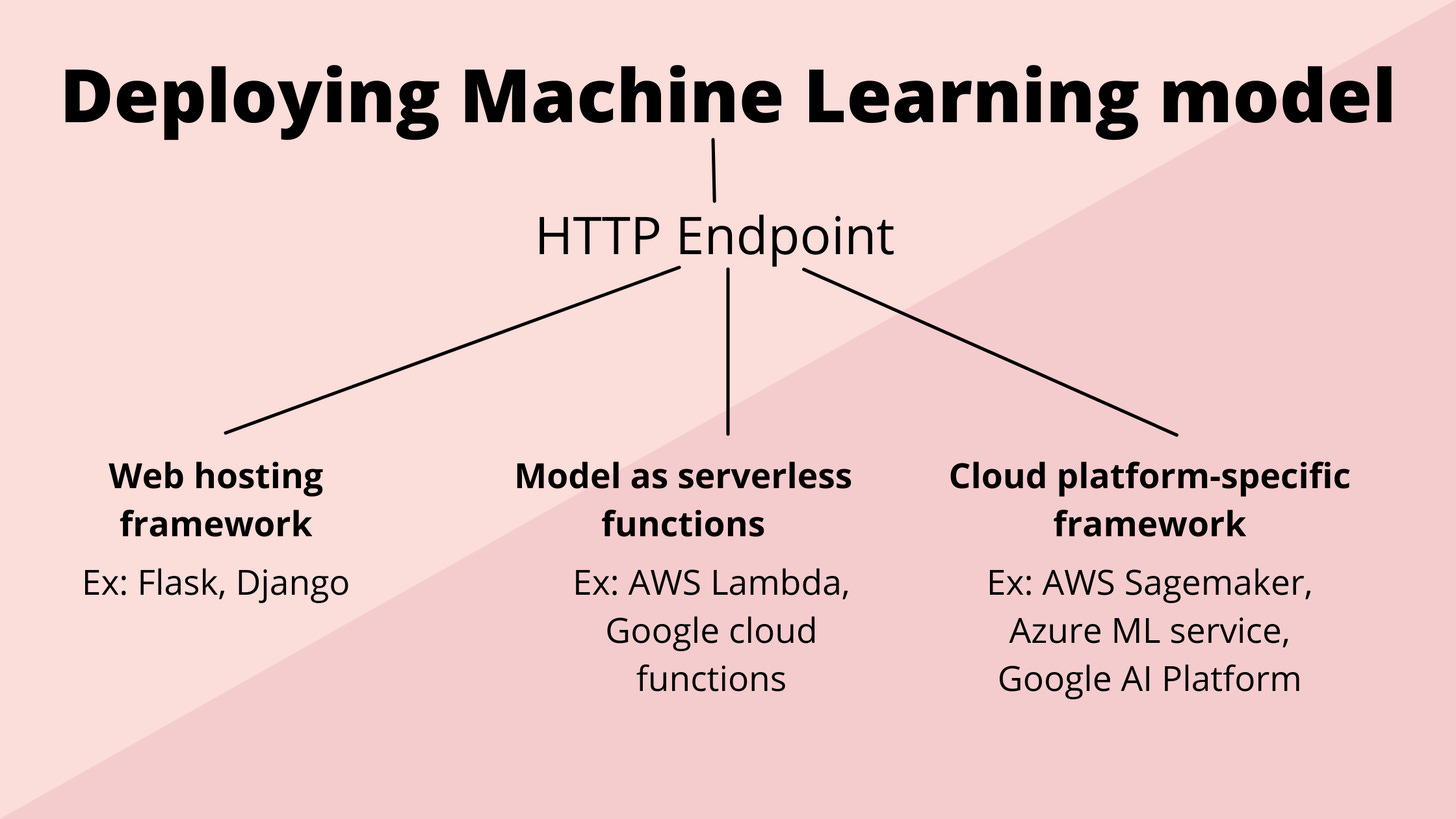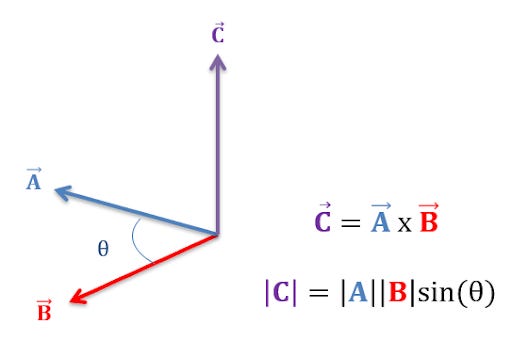Weekly Digest 3
Café IO's weekly digest to update you with awesome stuff written and published this week. This week, we discuss Models as Web-End Points, Linear Algebra Part 3 and Git Part 3
Links to the articles published this week:
We hope you had a great week!
We are here with a quick refresher of the posts this week on Cafe IO.
Subscribe to “Coffee and Engineering” to stay updated with fresh content.
ML Models as Web-End Points
The one hurdle Data Scientists or Data Engineers often face is putting their ML Models into Production which is an integral part of Deployment. Deployment simply means to make system software available for use.
More often than not, the problem of Model serving is soon visited by the challenge of making the deployment scalable. The deployment can be done as
Web Endpoints
Serverless functions
A Web-end Point simply means a web service which can be an URL where users can have the access to a specific service.
We discussed various architectures & protocols like REST, gRPC, SOAP. We also looked at services that can be used for creating a Web-End point like Flask, Plumber, Fast API and Tensorflow Serving which can be further deployed on various Cloud Platforms.
Checkout the complete article here.
Learning Git
In Part 3, We saw Git Rebase which basically compresses all changes into one for a linear project history & When should you use it alongside Git Revert, Tag & Tickets.
Compiling what we have learned in this 3 part series, Git is useful for collaboration within Teams, it provides version control on your projects. Then understanding some basic commands like init, status, add, log, branch, commit. And how can we work with Remote repositories on GitHub.
Moving with some advance topics, we covered Git Merge and Rebase that allows us to integrate changes from one branch to the another, Merge conflicts and how to resolve them, Branching for creating and switching branches, Revert to undo changes, Tags to label versions of your project and Tickets to track issues in a repository. Checkout Part 1 and Part 2 for more.
Thinking In Linear Algebra
In Part 3 of this series, we looked at -
Cross product and its significance
Broadcasting and vectorization in NumPy
Performance optimization with NumPy
The practice of replacing explicit loops with array expressions is commonly referred to as Vectorization. We learned about Performance Optimization with the help of Numpy and compared with the traditional for loop by executing code. Broadcasting describes how numpy treats arrays with different shapes during arithmetic operations explained with a code example.
Summarizing the previous parts, We looked at Scalars, Vectors, Numpy Arrays vs Python Lists. Scalars simply mean real numbers or single qualitative value whereas Vectors are arrays of single numbers and are defined over vector spaces. Further we saw Vector Arithmetic, Dot Product and Eigen Values & Eigen Vectors. Checkout Part 1 and Part 2 for more.
List of articles published previously at Cafe IO:
We will bring some awesome stuff next week also. At Cafe IO, we believe in delivering better than yesterday and we would like you to become a part of our journey. Please subscribe and share the blog with your friends so that they can get to know about us.
Do Like, Share, Subscribe and Invite your Friends! Have a happy weekend.











